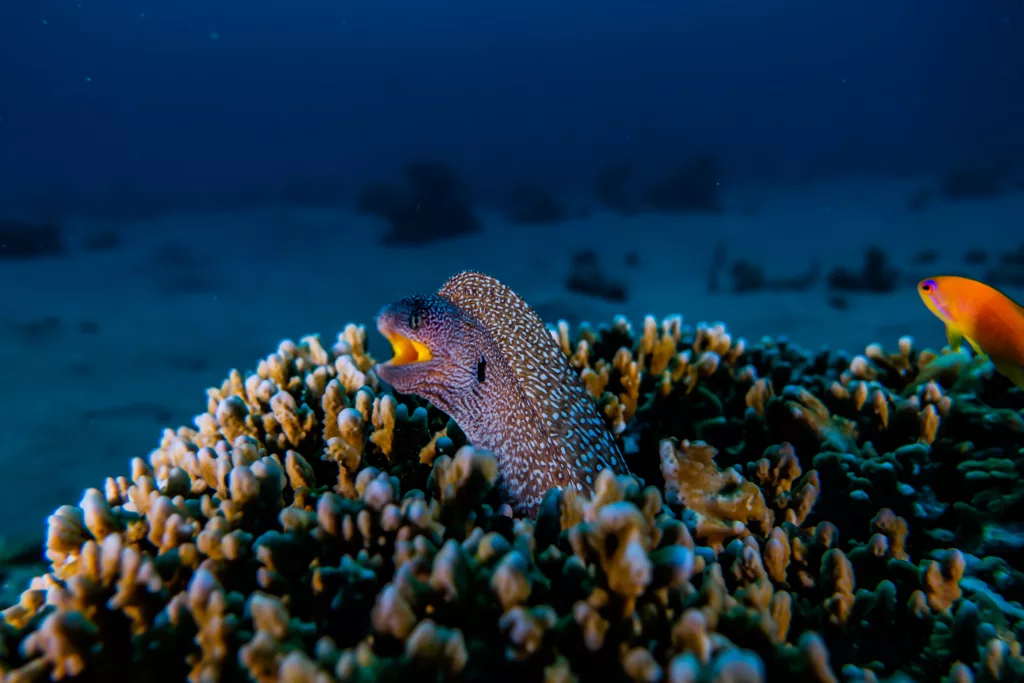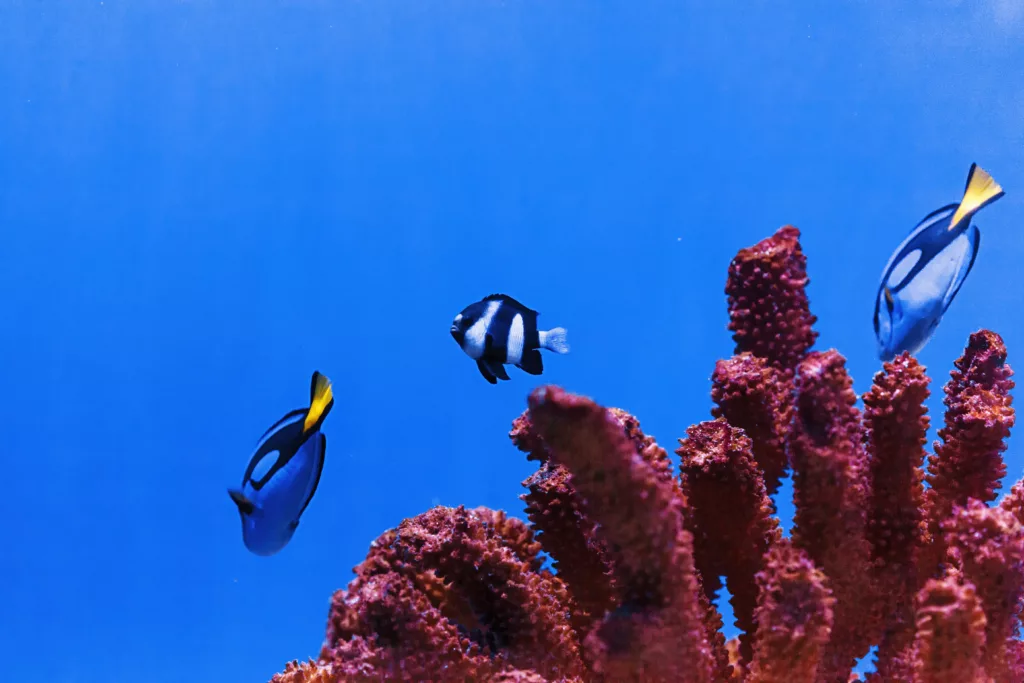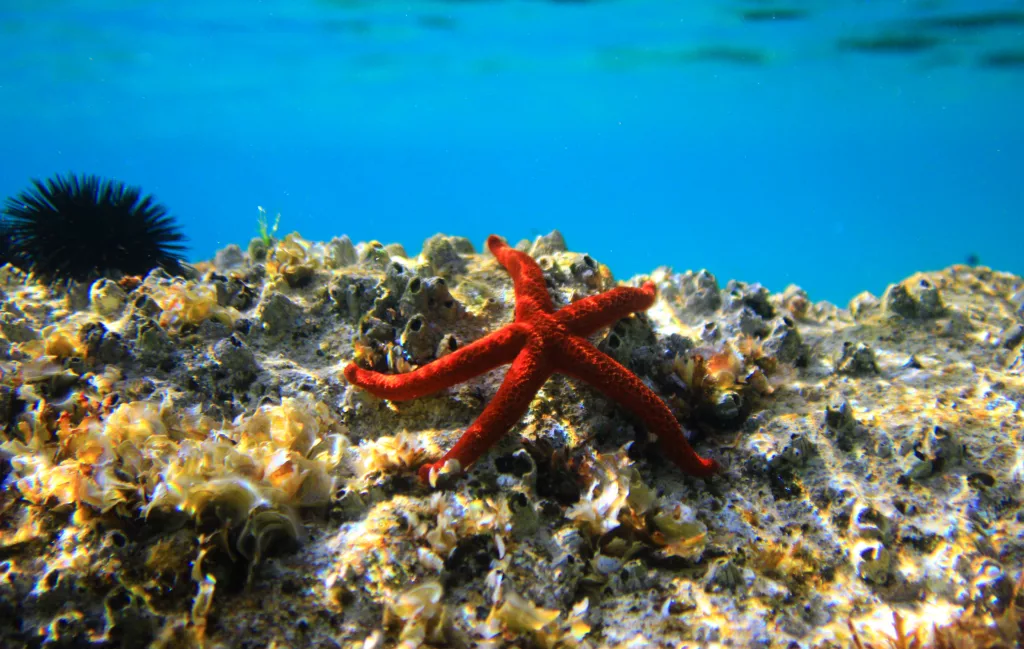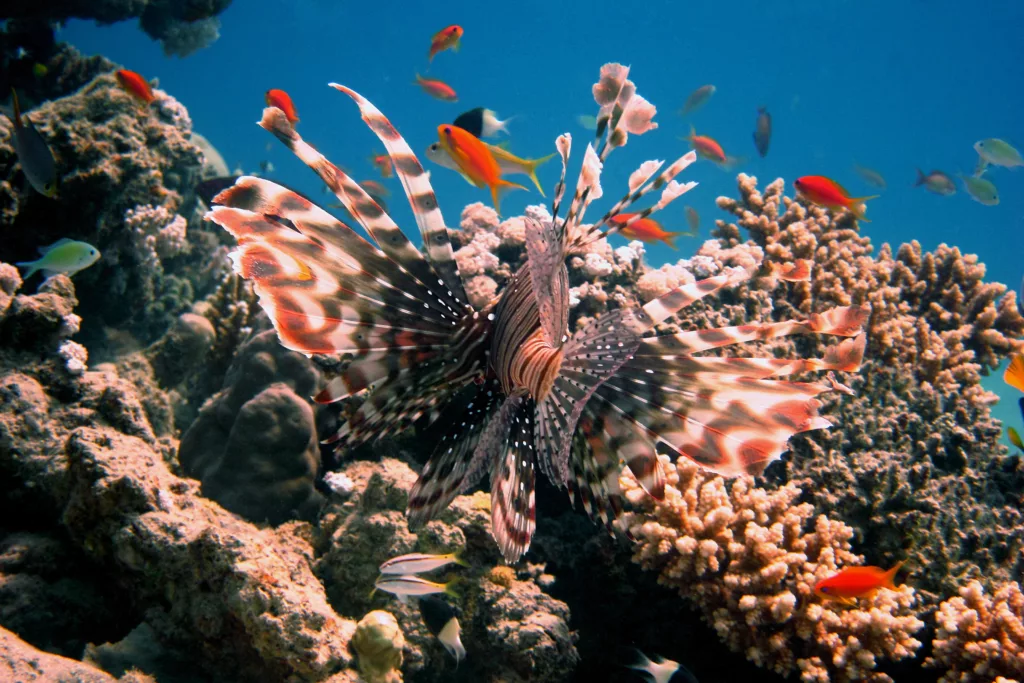Indonesia, an archipelago state flanked by the Pacific and Indian Oceans, is renowned not just for its vibrant cultures and breathtaking landscapes but also for its extraordinary underwater adventures. Wreck diving, a particularly thrilling form of scuba diving, invites enthusiasts to plunge into the depths and explore sunken vessels, each with its own story. This guide will navigate you through the best sites for wreck diving in Indonesia, providing essential tips and must-visit spots for both novice and experienced divers. So, gear up as we dive into the spectacular world beneath the waves!
Why Indonesia is a Wrewg Diving Haven
Indonesia is recognized as a premier wreck diving destination due to its strategic location where the Pacific meets the Indian Ocean. This unique setting has been a crossroads for international shipping routes for centuries, resulting in a multitude of shipwrecks each with its own story. From ancient trading ships swallowed by the sea to WWII vessels that met their end during historic battles, these underwater ruins have morphed into thriving marine ecosystems. Divers can explore these time capsules, encrusted in coral and bustling with life, offering a rare glimpse into the past. The visibility in these waters is often exceptional, allowing divers to witness the intricate details of each wreck. Alongside the natural beauty, the emotional impact of swimming through these sunken fragments of history connects divers with the events that shaped our world. Whether it’s the adrenaline of exploring a new site or the quietness of a familiar dive, Indonesia continues to enchant adventures seekers with its underwater heritage and resilient beauty.
Top Wreck Dive Sites in Bali

Bali’s seascape hosts some of the most captivating wreck dives in the world. The iconic USAT Liberty, a US Army transport ship torpedoed in 1942, now serves as one of the island’s underwater crown jewels. Lying just a few meters off Tulamben Beach, this wreck is accessible to divers of all levels and is encrusted in an astonishing variety of coral and surrounded by a diverse fish population. Another notable site is the Japanese Wreck, located off the coast of Amed. This site offers a more secluded diving experience and features a smaller vessel surrounded by colorful soft corals and teeming with macro-life, ideal for photographers. Each dive site in Bali tells a different story, inviting divers to lose themselves in the intense visual splendor and historical intrigue beneath the waves. Diving in these waters not only provides a thrilling adventure but also a profound appreciation for the forces of nature and history that shape our planet.
Essential Equipment and Preparation for Wreck Diving

Wreck diving requires meticulous preparation and the right equipment to ensure safety and maximize enjoyment. A fundamental setup includes a durable diving suit to protect against sharp objects and potential hazards found within wreks, along with a standard scuba setup composed of a tank, regulator, and buoyancy control device. Specialized gear such as a dive computer to monitor depth and time, and powerful underwater lights to illuminate the dark recesses of a shipwreck are indispensable. Moreover, divers should have proficient skills in buoyancy control to navigate delicately around fragile structures. Getting certified in wreck diving through recognized training programs hones these skills and imparts knowledge about safely penetrating shipwrecks. Knowledge of emergency procedures and having a dive buddy are also critical to managing potential challenges during a wreck dive. Each dive should be planned considering the diver’s experience level and environmental conditions, ensuring a memorable and safe exploration of underwater relics.
Conservation Issues and Respectful Diving Practices

The allure of wreck diving is undeniable, but it’s imperative to approach these dives with a conservation mindset. As underwater enthusiasts explore these historical vessels, they must remember that wreks serve as artificial reefs, offering refuge and sustenance to marine life. Ecologically responsible diving practices are crucial to minimizing human impact. This includes avoiding any physical contact with the wreks to prevent destabilizing the structure or damaging the marine life encrusted on it. Divers should strive to maintain excellent buoyancy to avoid stirring up sediment that can smother coral and disrupt habitats. Taking only photos and leaving only bubbles will ensure that these diving treasures and their ecological inhabitants continue to thrive. By adhering to these principles, divers support conservation efforts and ensure that the wonders of wreck diving can be enjoyed by future generations.
Concluding Dive: A Last Glance at Indonesia’s Wreck Diving Spectacle
Indonesia stands unparalleled with its rich historical tapestry and mesmerizing marine life, making it a top destination for wreck diving globally. Whether you’re a novice eager to explore the underwater realm or a seasoned diver seeking new challenges, the wrecks of Indonesia offer endless opportunities for discovery and awe. Armed with the right gear, respectful diving practices, and a sense of adventure, your underwater journeys in Indonesia will be nothing short of spectacular. Remember, the sea always rewards the respectful, and every dive is a step into history.


I’ve always been fascinated by shipwrecks, and Indonesia’s got some amazing ones! The article really emphasized the importance of respecting the marine life and the wreks themselves. Can’t wait to plan my next diving trip there!
Hi Ryan! We’re thrilled to hear that you’ve always been fascinated by shipwrecks and that our article has emphasized the importance of respecting marine life and wrecks. At Pebble & Fins, we take pride in promoting responsible diving practices that minimize human impact on these underwater treasures. Our dedicated training facilities and experienced staff will ensure that you have a safe and enjoyable experience exploring Indonesia’s wreck diving sites. We’d love to welcome you back at our resort for your next diving adventure! If you have any questions or would like to plan your trip, please feel free to contact us at [email protected] or +62 857 3891 8262.
This post is so detailed and informative! I love learning about the history behind each wreck dive site. Bali’s got some incredible wrecks, and I’m excited to explore more of them soon!
Hi Maya, thank you so much for your enthusiasm about our blog post on wreck diving in Bali! We’re thrilled to hear that you found the information informative and helpful. At Pebble & Fins, we believe that education and conservation go hand-in-hand when it comes to exploring the underwater world. If you have any more questions or would like to learn more about our resort’s initiatives in this area, please don’t hesitate to reach out to us at [email protected] or +62 857 3891 8262. We’d be happy to help! Best regards, Pebble & Fins Team.
Wow, I had no idea that Indonesia was a premier wreck diving destination! The USAT Liberty and Japanese Wreck sites are definitely on my bucket list now. Thanks for sharing this informative post!
Hi Evelyn, thanks for your enthusiasm about wreck diving in Indonesia! We’re glad you found our post informative and inspiring. If you have any questions or would like to know more about the USAT Liberty or Japanese Wreck sites, feel free to reach out to us at [email protected] or +62 857 3891 8262. We’d be happy to help you plan your next diving adventure! Looking forward to hearing from you again.